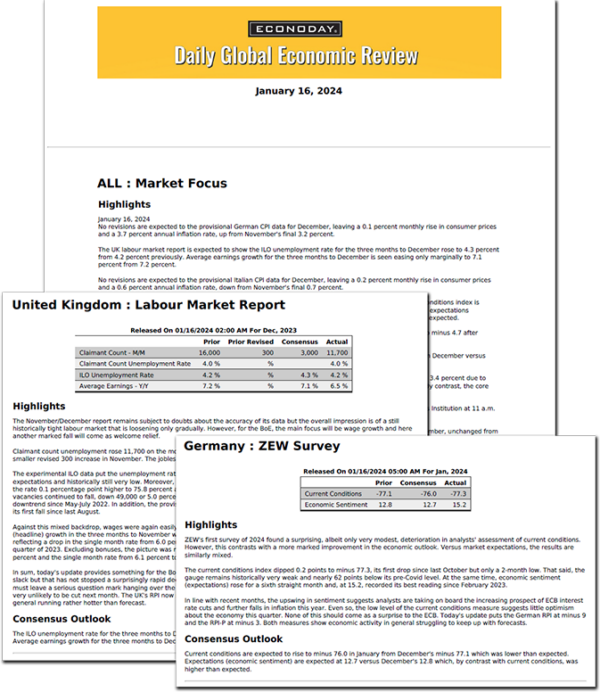The data stars are aligning in a way likely perhaps to keep the FOMC from raising interest rates at the upcoming July 25-26 meeting. The most recent inflation numbers for June show further progress in bringing inflation down, even the pesky persistence in core inflation. The labor market is cooling enough to improve the imbalance in labor supply without eliminating demand for workers. Inflation expectations are overall well-anchored, if at levels a bit above where they were before the current episode began in 2021.
The economic data scheduled for release in the July 17 week should not change that outlook absent something well outside market expectations.
The big report for the week should be the June data on retail and food services sales at 8:30 ET on Tuesday. The uptick in motor vehicle sales in June should help keep the dollar value of all sales higher. Prices per gallon of gasoline were a bit lower in June, but summer travel probably offset that in volume of sales. Retailers may have tried to get a jump on sales before the July 4th holiday, but it is more likely that sales were driven by extreme hot weather in may parts of the US. Consumers would have been shopping for hot weather clothing, and fans and air conditioners. The heat may have sent more consumers inside where they would patronize entertainment venues, and eating and drinking places. The weather could also have encouraged some activity associated with building materials and gardening. But it is also possible that consumers, wanting to keep cool, opted to shop online to avoid leaving the house.
If the June retail numbers are at least decent, it will help round out expectations for personal consumption expenditures in the second quarter 2023, and put the outlook for GDP growth in the second quarter on a more solid positive footing.
There are several reports related to the housing market in the week, but most of these reflect data compiled before the recent uptick in mortgage interest rates that put the 30-year fixed rate back around 7 percent. In the fall of 2022 that caused possible homeowners to exit the market. However, in the present market, homebuyers may be resigned to higher rates believing historic lows are in the rear view with little prospect of any return below 6 percent in the near future. Homebuyers may be resorting to adjustable rate mortgages to keep payments down now in the hope of refinancing at a lower rate before the reset in a few years’ time.
The NAHB/Wells Fargo housing market index for July at 10:00 ET on Tuesday may catch the leading edge of this. The index rose 5 points to 55 in June and was the highest since 55 in July 2022. The rise in rates since April may check the upward momentum. There will still be demand for new homes with limited supplies of existing units, and some buyers may have prequalified while rates were lower but not yet purchased but will do so before the rate lock expires.





